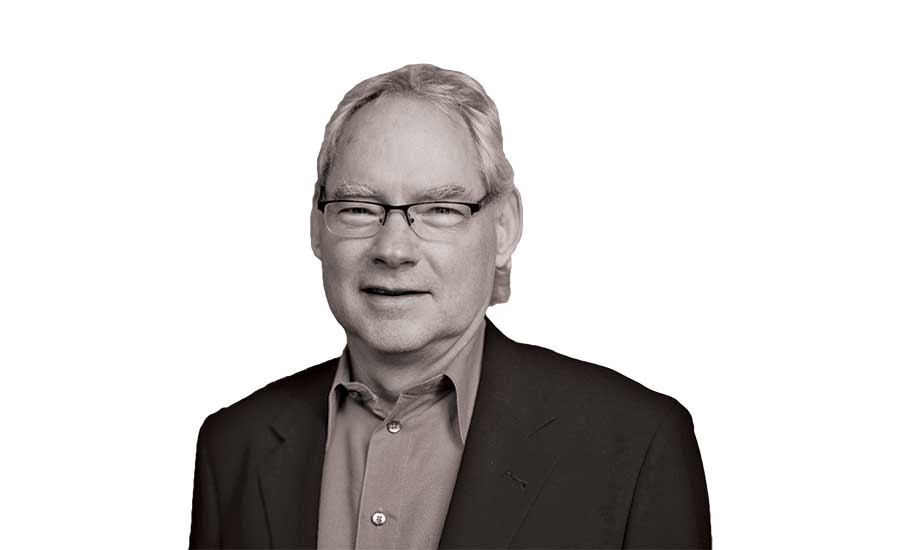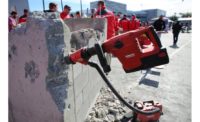Scott Borduin recently started his second stint as Autodesk’s chief technology officer. He first had that role from 1999 to 2005 and then left to start a nonprofit. He rejoined Autodesk in 2012 and has since held several senior technology leadership positions there before returning to the CTO position in August.
Borduin recently sat down with ENR in Autodesk’s Boston BUILD Space to talk about collaboration, manufacturing, robotics and collecting data with sensors.
ENR: How can manufacturing technologies for construction change industry workflows?
Borduin: The challenges in this sector have less to do with the manufacturing piece of things, per se, and more to do with the traditional ways in which the industry has worked—some of the structural barriers in the industry, and, for that matter, some of the things in the tools we use in the industry.
We’re working hard in some of these things, but a tool like Revit wasn’t historically designed to be a tool [that] detailed things to the level that they need to be detailed [for] fabrication of things that are going to have to go to a construction site.
A lot of the detailed design that you would do in a manufacturing organization’s engineering department is really done on site in the construction world. So just getting the industry to start to realize that there are different ways of flowing information through the processes—trying to figure out how we create safe ways for organizations to collaborate, track change, make sure things are signed off on and liability is taken care of—is a lot of what we have to do.
ENR: What do you see coming, in the way of important construction intelligence technology, that most people have not caught onto yet?
Borduin: What people are maybe not thinking as much about is the whole notion of sensoring construction sites to a much greater degree, so we actually start to understand what’s happening on a particular site, at a particular time, and what sorts of things we actually need to start thinking about, in terms of where do you need to stage stuff for the next phase, etc.
ENR: But it also helps you collect data …
Borduin: Precisely. Once you’ve collected all that data, you now are starting to be able to understand more and more and more the patterns of what an efficient construction project looks like.
Sensoring is one of those big deals. … You see the tip of the iceberg starting to happen there. Certainly, you look at the BUILD Space here, you see robots doing all sorts of interesting construction things. It’s terrific that we’re actually starting to think about having machines on [construction sites] that automate construction processes and not just fabricate things off site. It’s going to be interesting to see how the industry plays out in terms of where the ultimate balance of on-site automation versus off-site automation comes out.
The focus on robotics is great because it gets people thinking about the sorts of things you can solve with machines on site. Over the long run, where this is going to go is [to have] more and more specialized machines for particular purposes.
Right now, we are participating in trying to help reinvent the two biggest industries in the world—manufacturing and construction—and [they] are kind of related. It’s just a tremendously exciting time to be part of a technology company that is helping people make things, and not just sell things.
ENR: What’s different this time around as CTO?
Borduin: Both times when I was CTO were very interesting, but this is a very different time with its own set of challenges.
In ’99 we were a traditional desktop software company. One of the big challenges was figuring out how we related to this thing called the internet. … We were the people who democratize technology and made it accessible and inexpensive.
That’s still a big part of our DNA, but given what’s happening in our industries, and what’s happening in the technology space, that’s no longer good enough. You have to push the boundaries, so you have to be pushing the forefront of technology further out and leading the industry through thought leadership.





Post a comment to this article
Report Abusive Comment